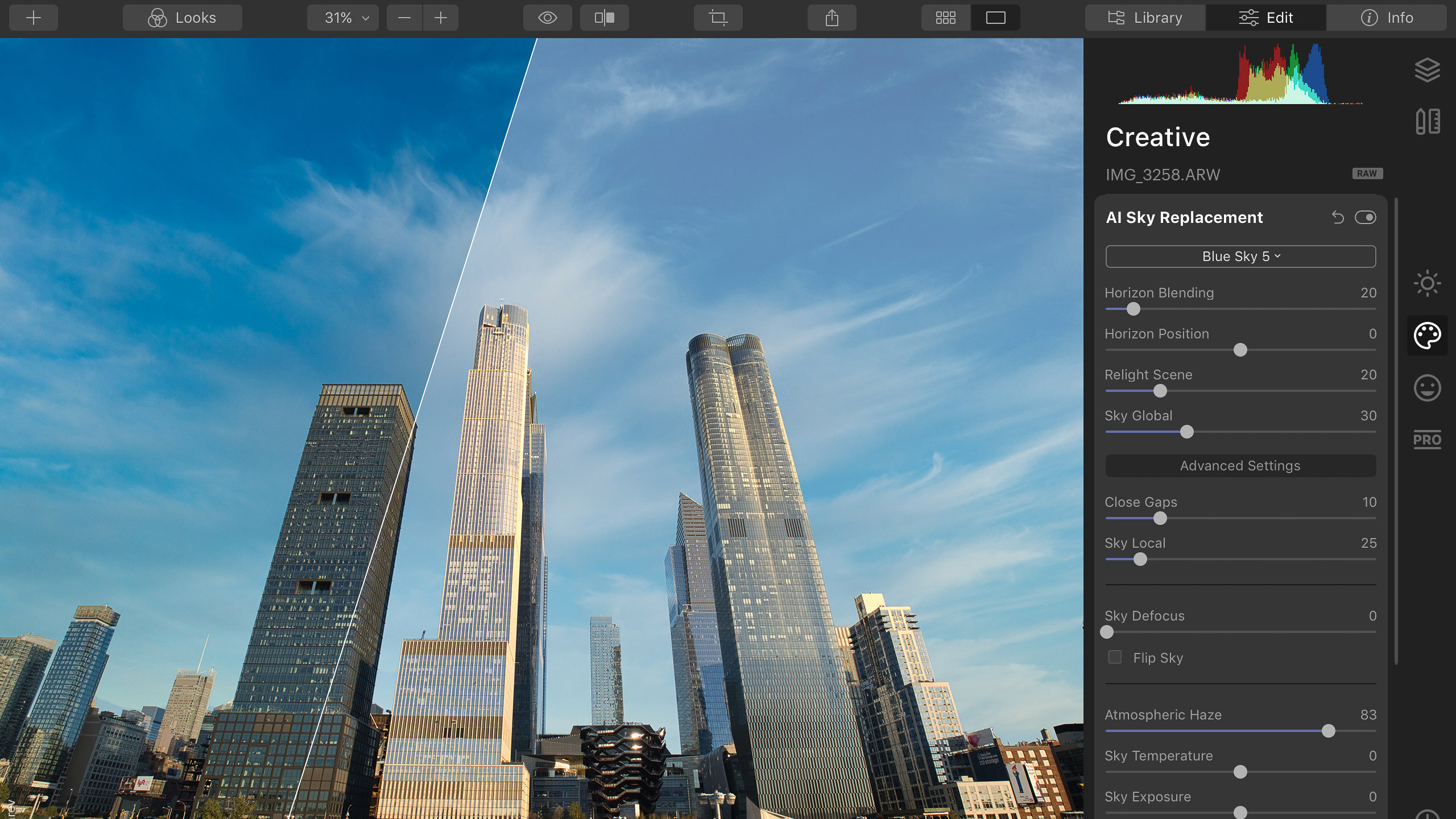Luminar 4 adds new tricks
Skylum Luminar 4.1.0 adds at Atmospheric Haze feature for more realistic landscapes, and a more intelligent Erase tool

Luminar 4 is one of the most innovative photo-editing software that we have seen for a long time – and although it is only a couple of months, it has already been improved. Luminar 4.1.0 adds extra features, that gives new power to this program.
Luminar 4's secret lies in the AI that works behind the interface of this image manipulation program – giving you great looking results without you have to get bamboozled by lots of confusing controls. It works out what the image needs, and gets on with the job – and then you get the chance to tweak it results if you need to. The streamline interface may seem alien to those used to more traditional photo editors - but the results you get from the software speak for themselves.

Click here to download the 30-day Skylum Luminar 4 trial
In the latest update, AI Sky Replacement gets a new feature – allowing you to add haze to the scene, to make the results of the newly added sky look even more natural. Used in conjunction with the Sky Temperature and Sky Exposure sliders, the developers tell us that is now possible to achieve a perfectly balanced, harmonious image in a single tool. The new Atmospheric Haze tool is said to be particularly effective when adding a clear blue sky to the scene - helping to match the sky to the brightness of the foreground.
Luminar's Erase tool has been upgraded as well, using an all-new technology for precise object removal. Removing unwanted pixels has been made easier - particularly when dealing with complex backgrounds or gradients. Area replacement has been enhanced by using a smarter selection algorithm in combination with an Erase tool with a softer edge.
• Read the full Luminar 4 review
Luminar 4 works as a standalone program, or as a plug in to Lightroom, Photoshop CC, Photoshop Elements or Apple Photos.
Get the Digital Camera World Newsletter
The best camera deals, reviews, product advice, and unmissable photography news, direct to your inbox!
Read more:
• This is the best photo editing software right now
• We pick the best free photo editors
• These are the best laptops for photo editing
Chris George has worked on Digital Camera World since its launch in 2017. He has been writing about photography, mobile phones, video making and technology for over 30 years – and has edited numerous magazines including PhotoPlus, N-Photo, Digital Camera, Video Camera, and Professional Photography.
His first serious camera was the iconic Olympus OM10, with which he won the title of Young Photographer of the Year - long before the advent of autofocus and memory cards. Today he uses a Nikon D800, a Fujifilm X-T1, a Sony A7, and his iPhone 15 Pro Max.
He has written about technology for countless publications and websites including The Sunday Times Magazine, The Daily Telegraph, Dorling Kindersley, What Cellphone, T3 and Techradar.

